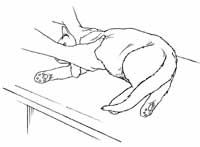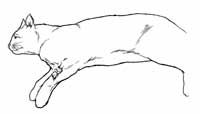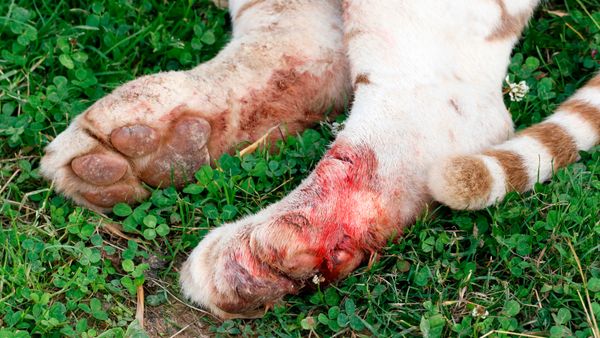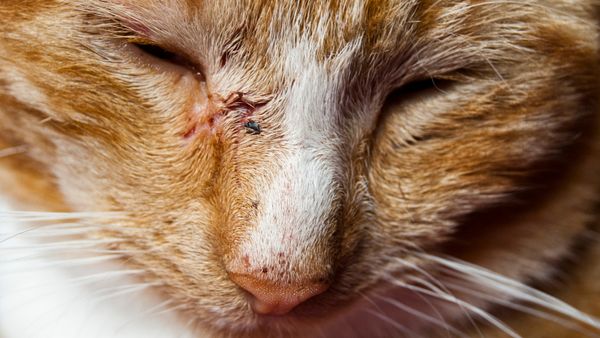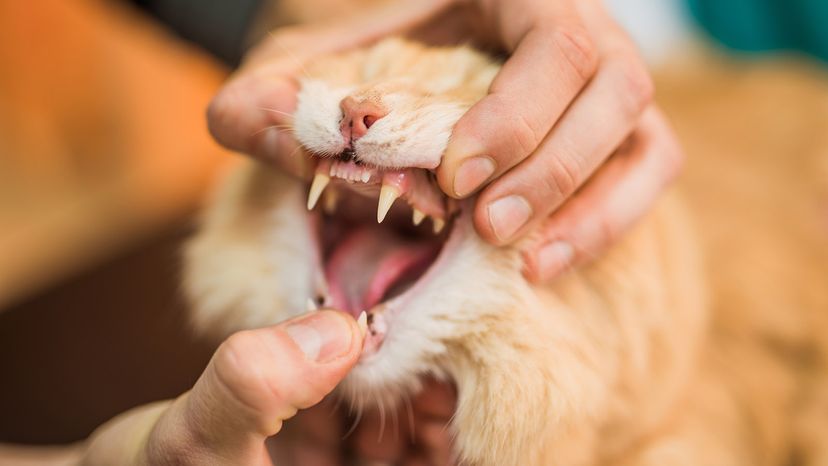
Choking can be life threatening for your cat. The harder a choking cat tries to breathe, the more panicky he or she can become. A cat owner's goal is to open the airway without being bitten.
If you are uncertain whether your cat is choking, some signs to look for include the cat pawing at his or her mouth, a pale or blue cat tongue, obvious distress, andunconsciousness. If your cat is choking, use the following cat care tips.
Advertisement
Step 1:Approach the cat carefully. If your cat is nervous or anxious, restrain the cat if necessary.
Step 2:Clear the cat's airway.
Step 2a:Place one hand over the cat's head so that your thumb and index finger fall just behind the long canines (fang teeth), the head resting against your palm. If the cat is struggling too much, proceed to Step 2e.
Step 2b:Gently tilt the cat's head back so its nose is pointing upward. Push your thumb toward your finger; the mouth will open.
Step 2c:Gently pull the tongue out. If you can see the object, try to remove it with your fingers or needle-nose pliers (unless object is a needle).
Step 2d:If object is a needle and it is embedded deeply in the roof of the mouth, stop. Transport the cat immediately to the veterinarian. Keep the tongue gently pulled out of the mouth if the cat is in distress.
Step 2e:If you cannot remove the object (other than a needle), pick up the cat by grasping its back legs; turn it upside down and shake vigorously. Slapping the back while shaking may help to dislodge the object.
Step 2f:If object is still not dislodged, lay the cat on its side, place your palms behind the last rib on both sides of the abdomen, and press your palms together quickly three or four times. If the object is still caught, repeat this procedure.
Step 3:If you cannot dislodge the object, transport the cat to the veterinarian immediately.
Step 4:If you dislodge the object but the cat is not breathing, feel for a heartbeat by placing your fingers about one inch behind the cat's elbow and in the center of its chest.
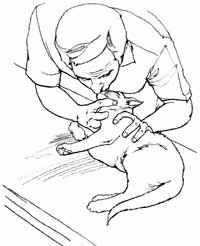
Advertisement
